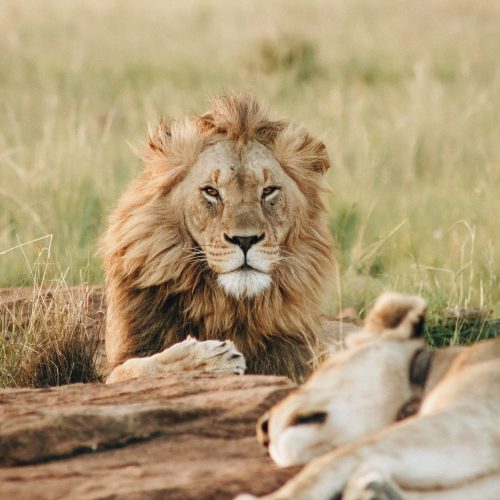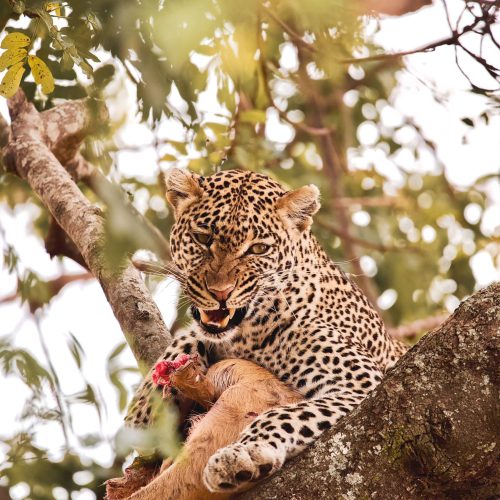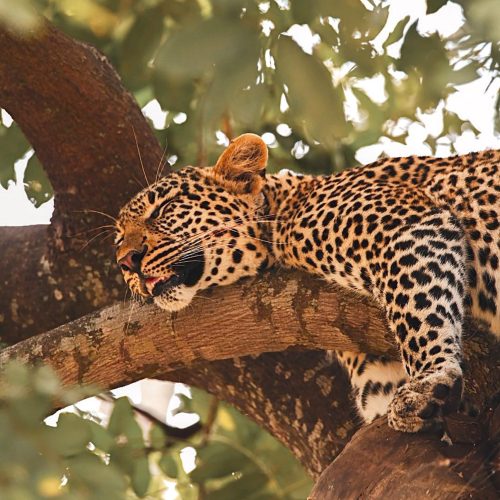Masai Mara Game Reserve is located in south west Kenya and is a vast scenic expanse of gently rolling African savannah plains measuring 1510 square kilometers in area and bordering the Serengeti National Park in Tanzania to the south. Masai Mara Game Reserve is a unique wildlife conservation haven famous for its spectacular natural diversity of wildlife and is the premier Kenya Safari location in East Africa, offering visitors numerous reasons to visit this animal paradise. Large numbers of Lions, Cheetah, Elephant, Rhino, African Buffalo, Wildebeest, Giraffe, Zebra and many more animals are found in the park in their natural habitat, unconfined and free to roam the vast Kenyan wilderness stretching for miles on end.
It is no surprise that tourists from the world over travel here to experience a Masai Mara Safari tour, more so as the reserve has been voted one of the new Seven Wonders of the World. Regarding the origin of the name, the word ‘Masai’ comes from the Maasai tribe, nomadic inhabitants of the area and the word ‘Mara’ is their word for ‘spotted’, referring to the ubiquitous flat topped acacia trees, shrubs and bushes that dot the landscape across most of the reserve
Popular Safaris In Masai Mara Game Reserve
Things To Do in Masai Mara Game Reserve
There are several exciting activities one can enjoy in Masai Mara. The most thrilling of these has to be the Hot Air Balloon safari, taken at the break of dawn and ending with a leisurely ‘Champagne Bush Breakfast’. This is a truly unique adventure activity and the Mara provides the perfect backdrop for the amazing balloon excursion. The flight lasts for about an hour as you glide gracefully over the African savannah watching the magnificent wildlife below. The pilots are highly experienced and the activity boasts of an exceptional safety record. Another popular experience is visiting a traditional tribal Maasai village which allows visitors a fascinating insight into the unique way of life of the famous Maasai, a nomadic warrior tribe found in Kenya and parts of East Africa. There are also nature walks, bush meals and sundowners as some of the other popular things to do in Masai Mara as a tourist visiting this reserve.
Game drives in Masai Mara are most common and popular activities in most of the African national parks and reserves, by definition it’s an adventure of the park through 4×4 open roof safari van or Land Cruiser enjoying the close view of the animals but observing the park regulations.
Game drives in Masai Mara are usually done in three swifts those are:
Morning game drive which starts at dawn to catch up with sun risers, observe the African sunrise, this is the most rewarding Game drives in Masai Mara since you will find all animals very active and fresh looking for food of the day in an open savannah grassland grassing, the cats are also in the ambush looking for the food of the day by hunting. After the sun gets hot all animals go near river banks to quench their thirst and cool themselves while the cats go in hidden quite areas to relax and rest hence hard to see again.

Evening Game drive which usually starts from 4 pm till late at 6:30 pm, on this Game drives in Masai Mara we get the final catch up of the game while they are out of their hides getting their dinner and sun bathing especially the reptiles. Kobs and other animals that graze in groups will be assembling for their resting.
Night Game drives, this is strictly done under the guide and escort of well trained game rangers and mostly an extra fee is put on it. Its mostly enjoyed by film makers who want to see more of the nocturnal animals in the park, see the cats hunting at night and others.
Masai Mara is one of the best places destinations not only in Africa but in the world for excellent rewarding Game drives in Masai Mara with more than 1000’s of animals to see. In the Migration season which takes place between July and October millions of animals assemble to the reserve the wildebeest migration as they cross the mara river from Serengeti for new fresh pastures and water. This is the period they come for breeding for the grazers attracting more predators especially the big cats since the prey is much available.
The national Reserve different eco system has attributed to different animal species with the most famous being the big five those are: Lions, Leopards, Buffalos, Elephants and Rhinos. Other animals are the Oribis, Hyenas, Giraffes, Gazelles, Hippos, Hartebeest, Zebras, Antelope, Crocodiles and many more.
Masai mara can be accessible throughout the year with the most rewarding time in during green season where all Game drives in Masai Mara are rewarding when millions of animals both migratory and permanent residents are present at the reserve.
Maasai Village Visit
Arguably the most iconic tribal group in all of Africa, the Maasai, who populate vast areas of Southern areas of Kenya are the dominant ethnic group surrounding the Masai Mara. This nomadic, warrior tribe which once held vast swathes of pre colonial Kenya, still retain many of their traditions as they live largely untouched by modern day civilization, in areas surrounding Masai Mara. So why visit a Maasai village and what do you get to see? This one hour visit to a Maasai village is a chance to interact with the Maasai and get a glimpse into their culture, unique way of life and see first hand some of their customs and practices.
The Maasai village visit is typically an excursion included into a longer multi day Masai Mara safari tour, and couple of hours are set apart for this brief interactive visit to the village, which usually happens to be on the fringes of the main Mara game reserve boundaries. Many tourists wish to know how much it costs to visit a Maasai village. The price for a village visit which includes a contribution towards the village in form of a fee, as well as return road transfers from your lodge or camp in Masai Mara to the village, varies between USD 25 to 50 per person. The price is often lower when you are on a road safari with your own Driver-Guide who will pay the fee upon entry. The higher fee of USD 50 per person often applies when you have flown in on a package safari and it is then the Camp which will charge you the fee for the village visit and the price in this case can vary again from USD 30 to USD 50 per person based on which camp you are staying at and which village they take you to visit. It should be noted that once at the village, you may be expected to buy some curio or souvenier from the villagers, though this is not mandatory having paid an entry fee. Nonetheless, be prepared for determined efforts from some of the Maasai villagers to try and sell you what are inexpensive hand made craft items. For some this can be an unpleasant part of the excursion though in totality we feel this is a minor negative that has become a part of the experience and the positive part of the visit outweighs the negative.
The Maasai are known for their many unique cultural practices and traditions. Some of these originate from their nomadic way of life.
So what is the name of a Maasai village ? Well, the Maasai live in structures known as ‘Manyatta’, which are low height dwellings, essentially huts, made of mud, cow dung and wood, with a single entrance and minimal side windows. Clusters of these manyatta huts, which form a homestead or village, are known as a Maasai ”Boma”. Several Bomas can also join together to make a larger village. The individual huts themselves, the manyattas, have windows so small that it can be very dark inside a manyatta even on a sunny day. The image above shows a typical Manyatta hut with a Maasai woman standing in from of the rear of the manyatta. The image below shows the inside of a Manyatta. In the photo you can see the earthen stove and firewood which will be used for cooking a meal. There is no piped water, electricity or Gas. We should point out that these specific manyattas or villages are right in the interior of Narok, close to the reserve. While there is power and piped water in the reserve itself and in the more developed part of Narok district, the very traditional Maasai villages still exist in this manner.

Morans are the warriors of the Maasai tribe and are initiated into their status by rites of passage which are given much importance. The image above shows the Morans displaying their jumping skills. Tourists who visit the Maasai village will often get a chance to find out how high they can jump compared to the Maasai morans. You can read up more facts and information on the Maasai Tribe here.
Hot Air Balloon Safari In Masai Mara Game Reserve
A truly ‘once in a lifetime’ experience, flying in a Hot Air Balloon over the Masai Mara plains is an evocative experience that you have the chance to enjoy during any safari you take to Maasai Mara. The balloon take offs at the break of dawn, around 6am, gliding silently during the ride over the savannah grasslands below where you may spot a variety of wildlife. The flight lasts an hour and concludes with a ”Champagne Bush Breakfast” at the balloon landing site in the wilderness. The balloon is flown by a fully qualified and experienced Pilot and the balloons themselves are most often made by Cameron, a specialist hot air balloon manufacturer in Great Britain. The basket sizes vary and it is best to book the ride in advance as space is typically limited to a maximum of 16 passengers per balloon, often less if flying with a smaller basket. Images courtesy of Governors Balloons.
Prices for the 2023 ~ 2024 season range from US$ 455 to US$ 515 per person depending on which camp or lodge you will fly from in Masai Mara.
Child rates are available in certain cases for children under 12 years of age.

An early start is necessary with passengers expected to be ready and waiting by 5 to 5.30am at their respective Lodge or Camp reception desks, this again dependent on how far you are from the take-off site. You will be collected for a transfer by road to this take off site, with the flight typically being air borne by 6.00 to 6.15am. During the flight you will fly over various parts of the Mara reserve below. Upon landing about an hour later, a delicious sit-down breakfast awaits, complete with waiting staff and a full hot breakfast ‘in the bush’ accompanied by chilled sparkiling wine or champagne. Drop off back to your hotel follows right after breakfast, with a brief game drive enroute.

Booking the Balloon flight: Please send us your preferred date which has to be at earliest, the second day of your stay in Masai Mara.
We need to know where in Masai Mara you will be staying the night before, so as to check if a timely transfer is possible to the nearest Balloon ride take off site. Cancellations due to the Balloon not taking off are a possibility though rare, mainly due to adverse weather conditions, such as strong winds or heavy rain. In the event of a Balloon not taking off, passengers are refunded in full less minimal administration fees.
You may also check out Amboseli Balloon Safaris and our Masai Mara Honeymoon Safari packages.
Masai Mara Game Reserve Wildlife
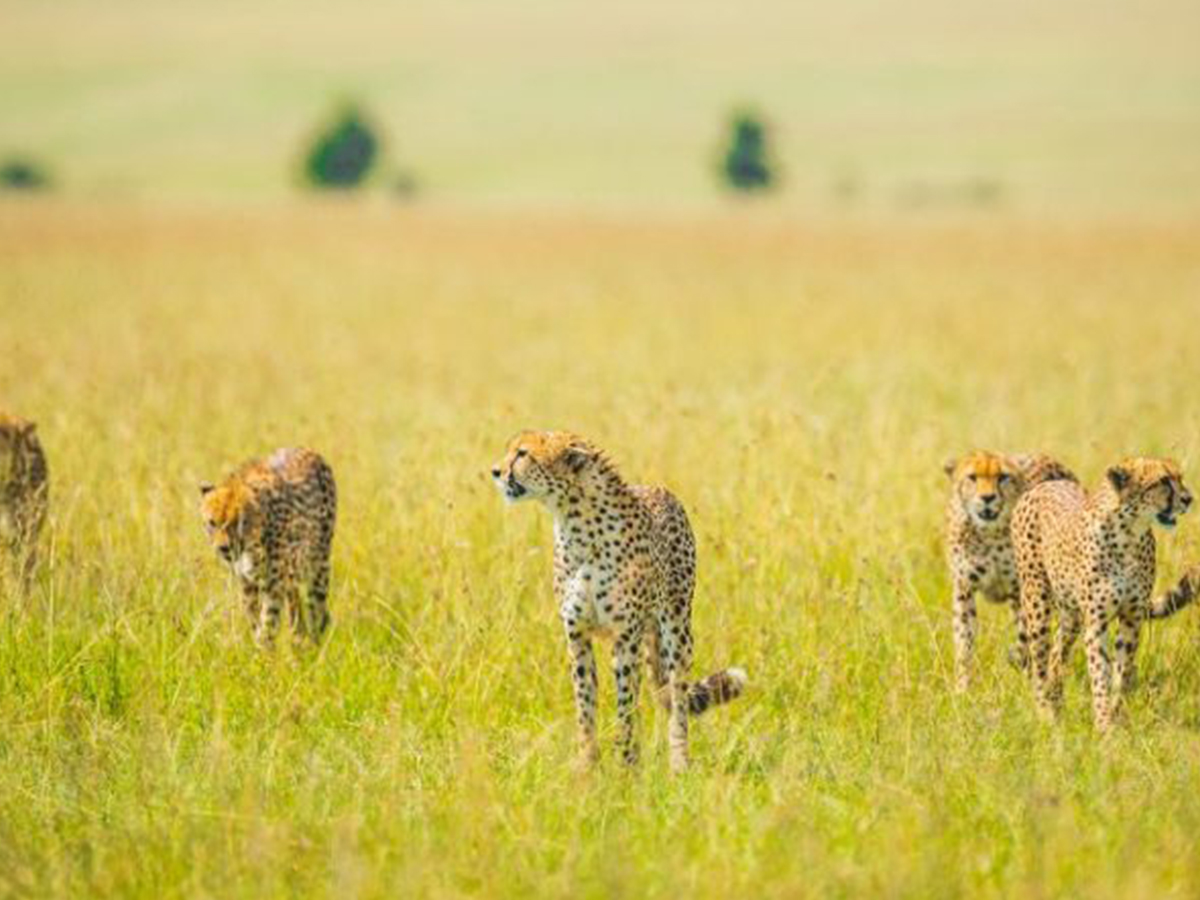
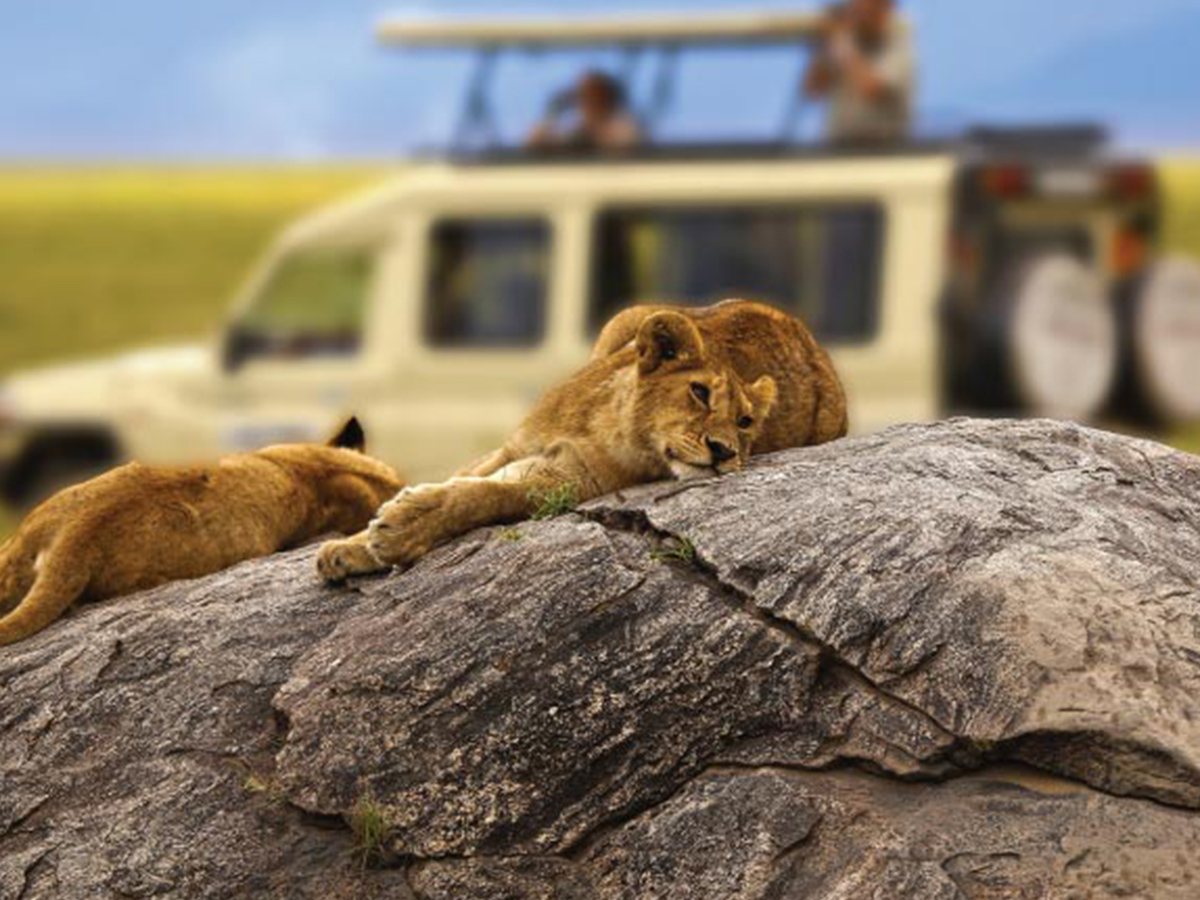
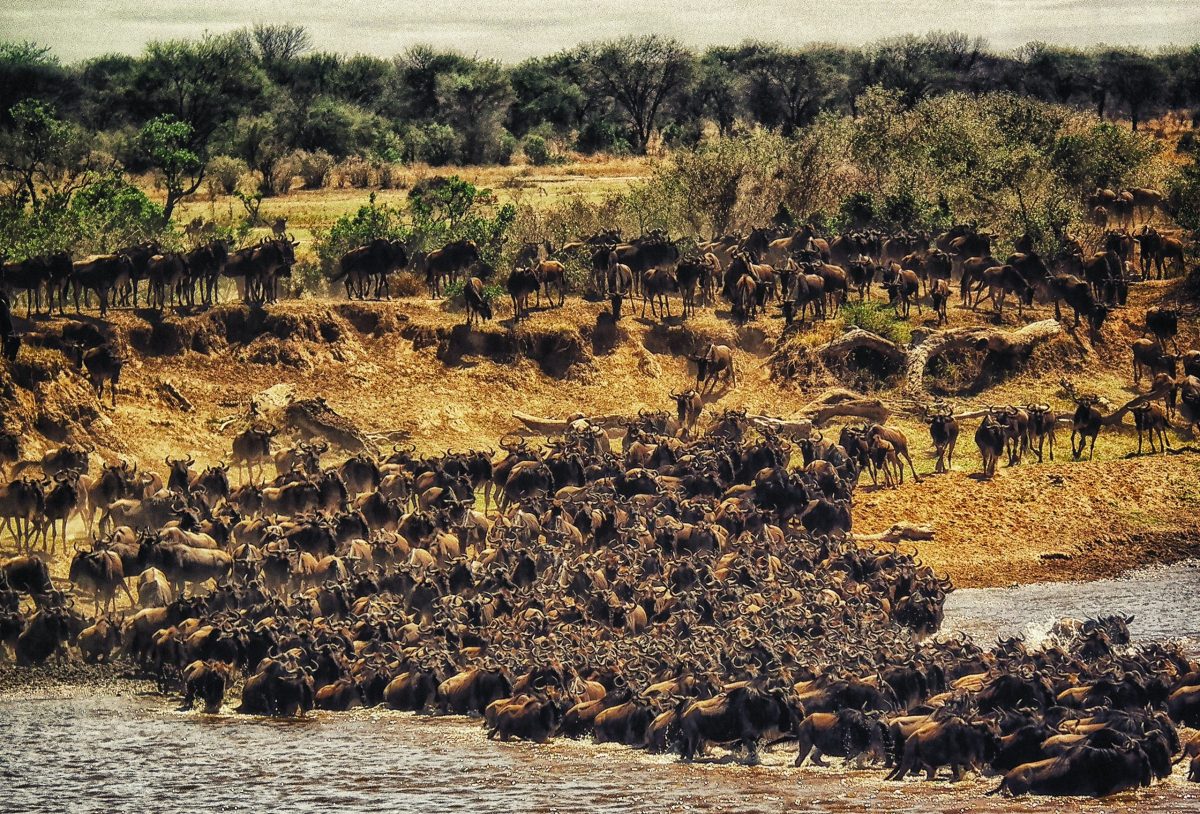
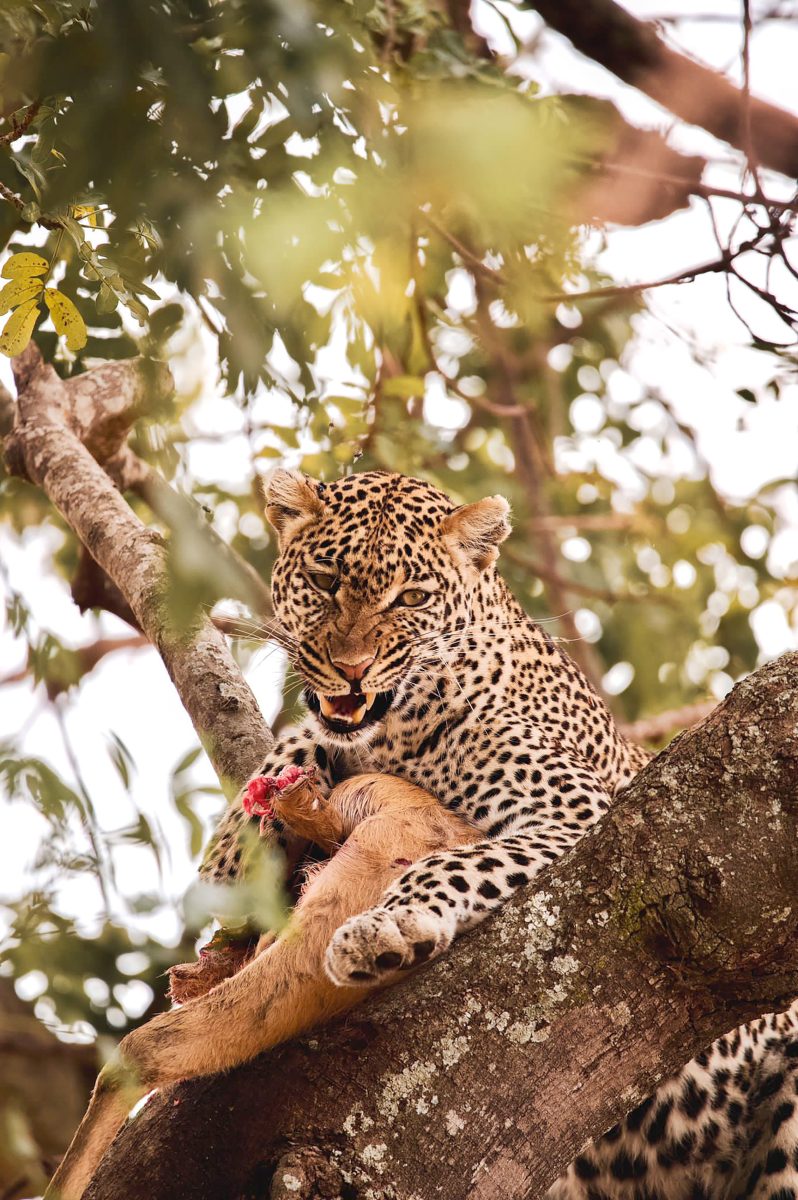
The reserve has a magnificent collection of wildlife and it is quite possible to spot not just the ‘Big Five’ as often mentioned widely, but also infact the ‘Big Nine’, to include the Lion, Leopard, Elephant, Rhino, Buffalo, Girrafe, Zebra, Cheetah and Hippo. It is quote possible that due to the nature and richness of flora and fauna in the national park, one can see all of the above animals not just in a single 2-3 hour game drive, but also with a little more luck, within an hour of your drive in the reserve. The section above lists photos and brief information on some of the amazing wildlife and animals that you will find in Masai Mara including a list of Birds commonly seen here. The game reserve is quite the animal kingdom and likely the very best place to see an amazing eco system of African wildlife in the wilderness.
Click on the link above to open the list of animals in Masai Mara. Here you will find information on the many species of mammals and birds naturally habitating in Maasai Mara Game Reserve free and unconfined even across the border into Serengeti National Park, spread over thousands of square miles.
The Masai Mara National Reserve official website can be accessed from the Ministry of Tourism, Kenya Government or Narok County Government.

